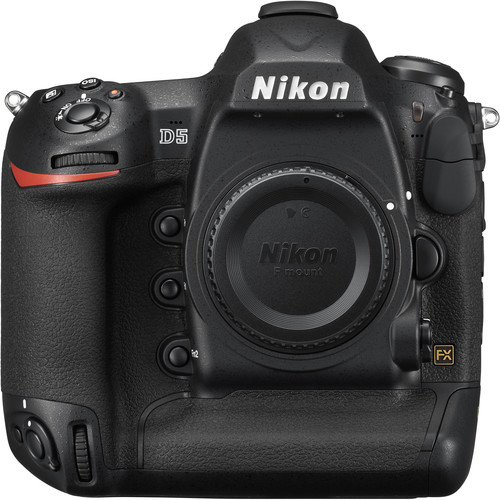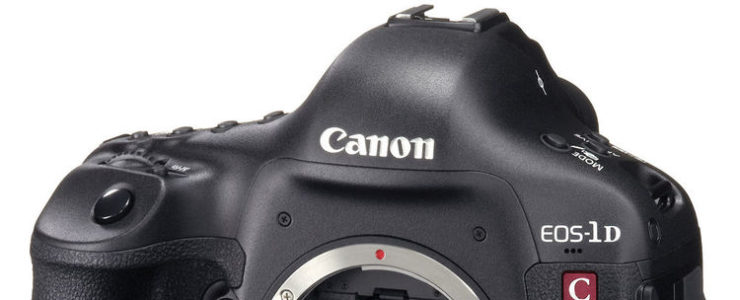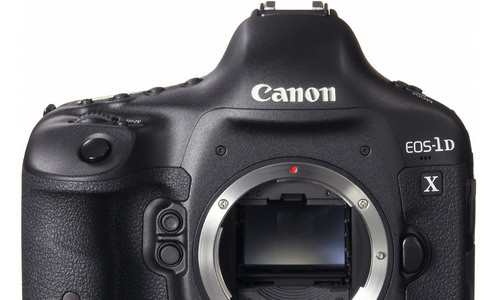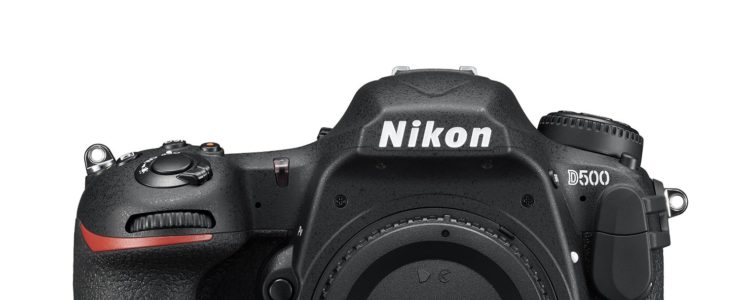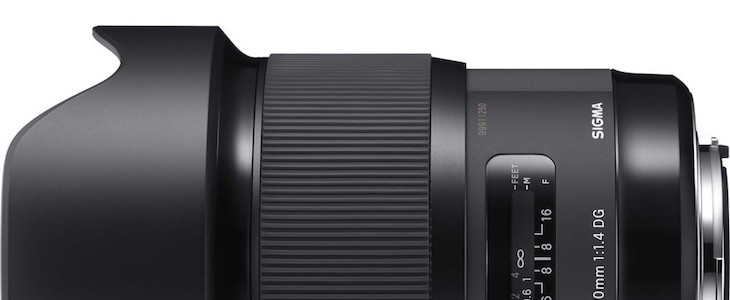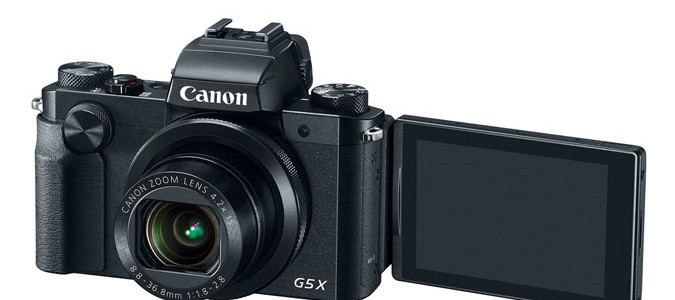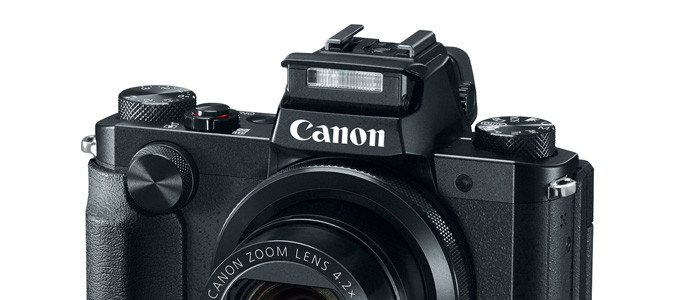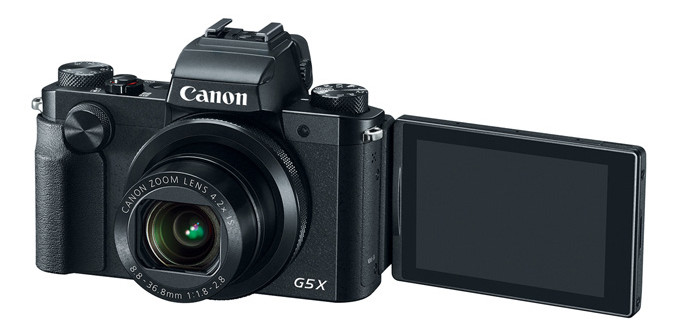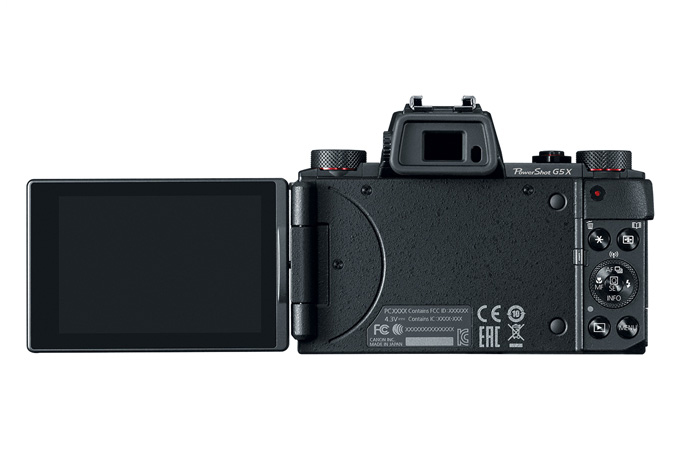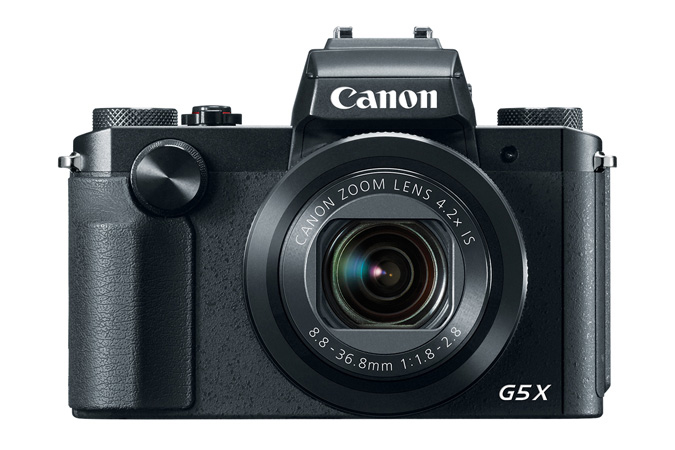The 4 years old Canon EOS-1D C does 4K better than Nikon’s brand new D5
Among all the discussion about 4K, EOSHD’s Andrew Reid posted an interesting article where he compares the Canon EOS-1D C with the Nikon D5. The EOS-1D C was released 4 years ago, the Nikon D5 a few weeks ago.
Well, It appears the EOS-1D C does 4K better than the Nikon D5. Writes Reid:
This time it’s a win for Canon. Although it was released nearly 4 years ago in 2012 the Canon 1D C remains superior to the current Nikon D5 flagship for 4K, which I find puzzling because technology goes a very long way in 4 years. Read the review…
I always said that Canon knows how to implement 4K on a DSLR, and that they did it right. Sony does also, but you have to deal with overheating and consequent sudden shutdowns of the camera. I didn’t expect Nikon to implement 4K worse than Canon did 4 years ago. 4 years are a long time in technology.
I expect the EOS-1D X Mark II to feature 4K, as well as the EOS 5D Mark IV (or whatever it will be named). I think it is now no more a matter of rumors but just a matter of common sense. Both the EOS-1D X Mark II and the EOS 5D Mark IV simply can’t go to market without having 4K. As conservative as Canon may be, they can no longer afford to release both cameras without 4K. Don’t forget that it was here on Canon Watch where it first leaked that the EOS 5D Mark IV may feature 4K.
